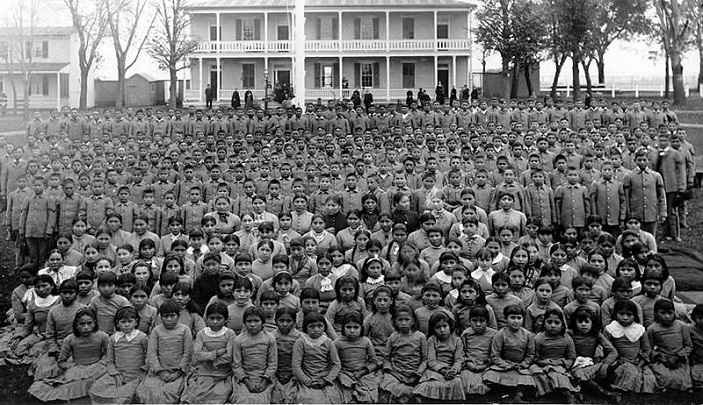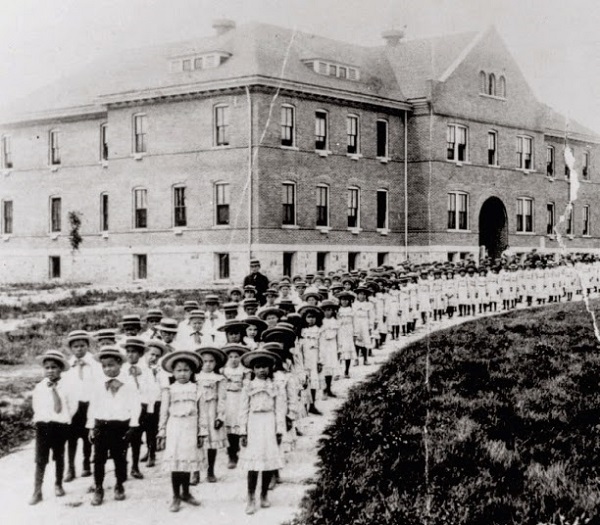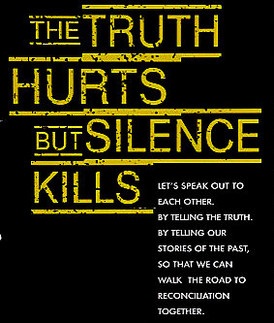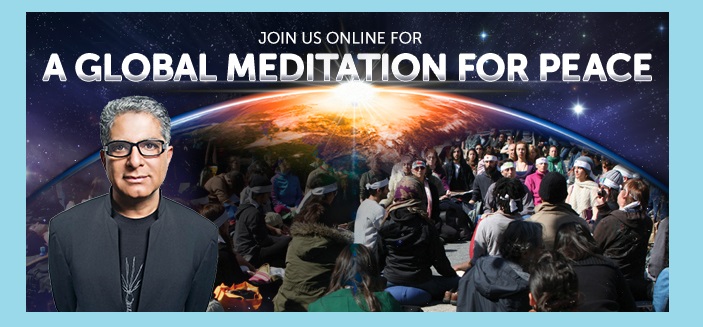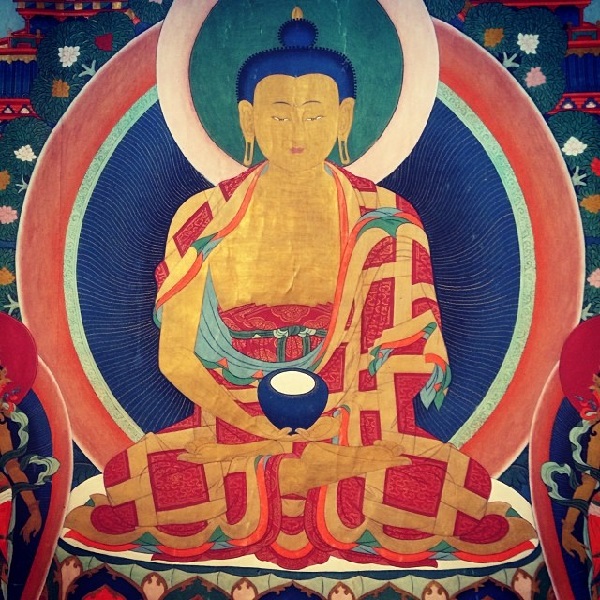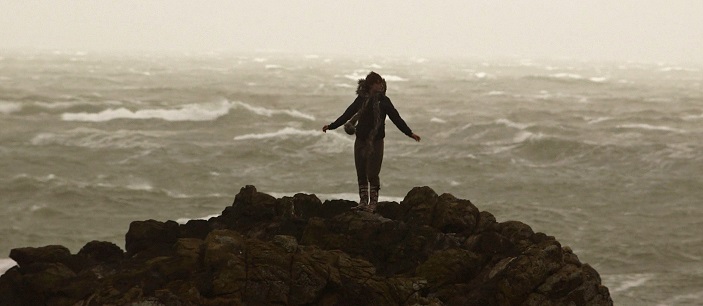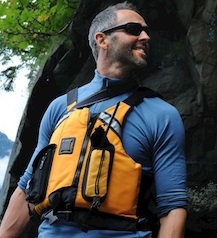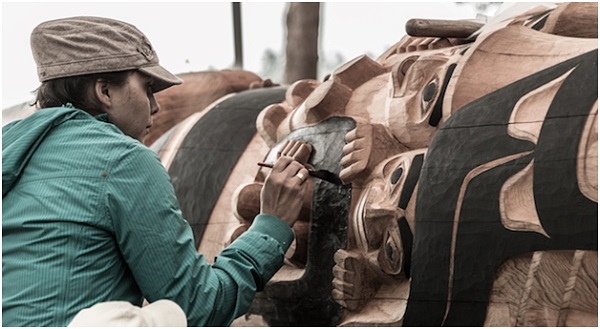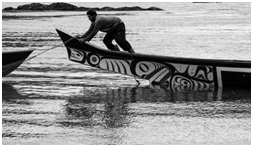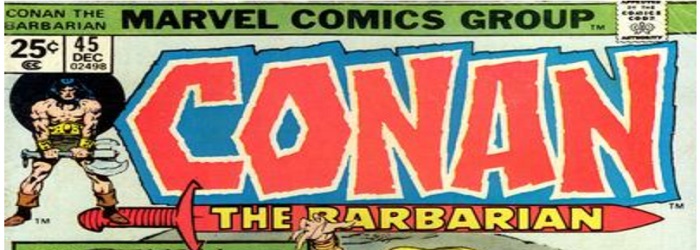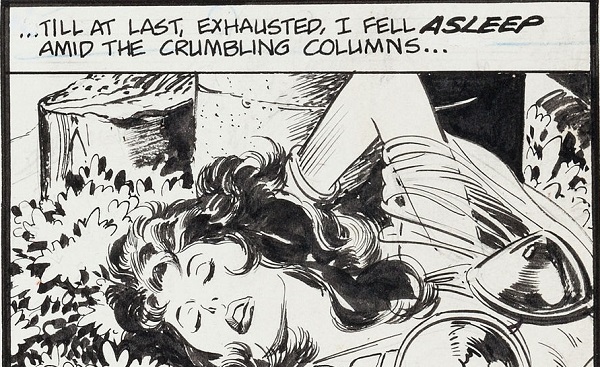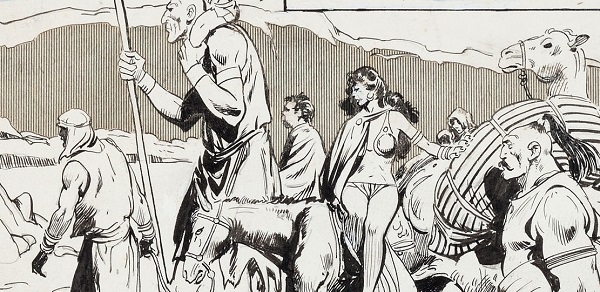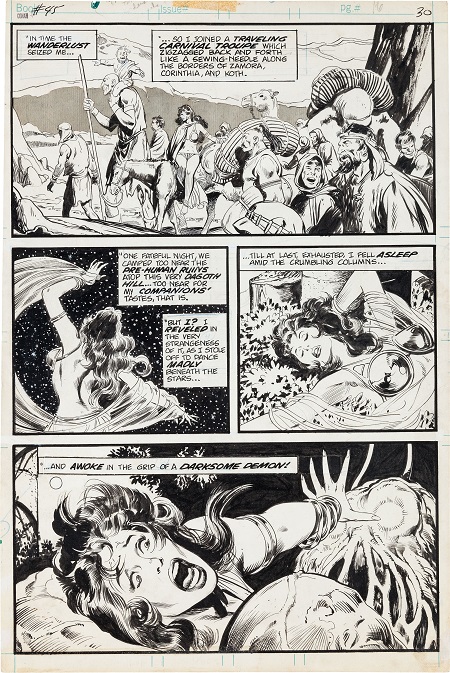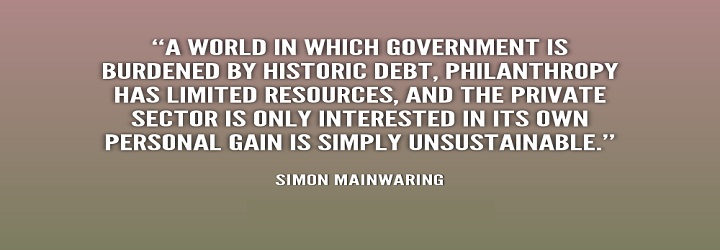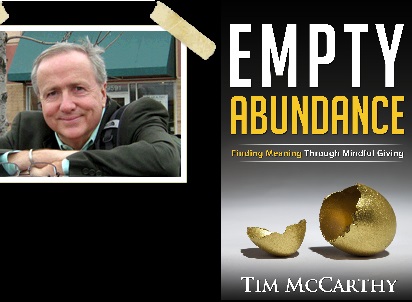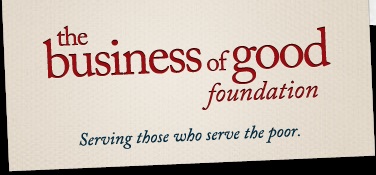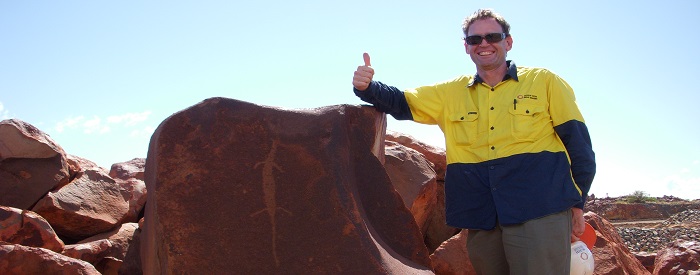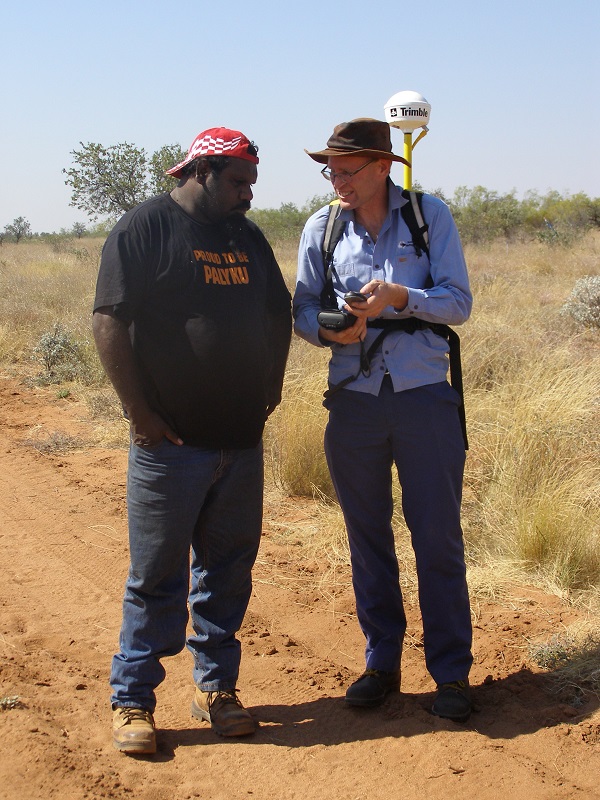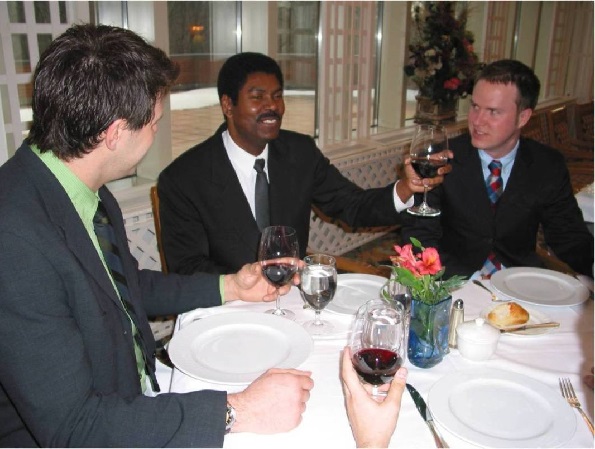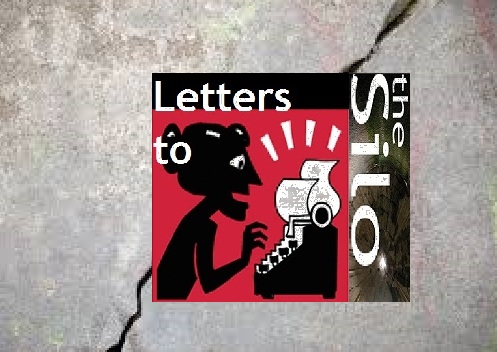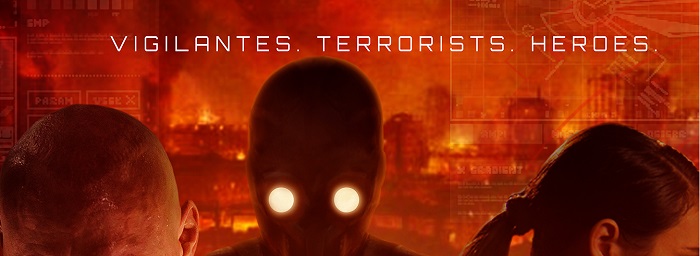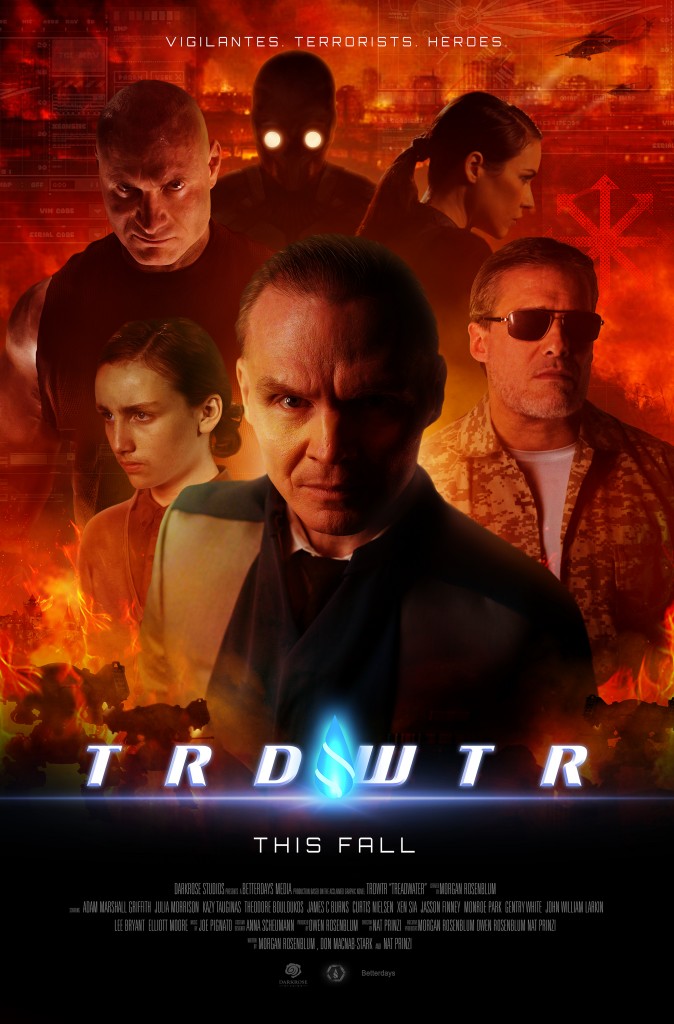Dear Silo,
In light of the [RayNFL domestic abuse controversy, I decided to write to you about my experience of domestic abuse.
My abuser was my husband. We had children. We had good jobs. People told us how happy we looked.
I had to look happy. He demanded my loyalty. He demanded I speak publicly, often at church, about how much I loved him and was grateful to him for providing for me and the children.
I was raped constantly. Not by knife, though, and not by physical restraints. He ruled my brain and body, he told me. As his wife, it was demanded that I have sex with him whenever he wanted. If I said no, he would be angry for days, calling me names, telling me that no other man would ever want me, that if I didn’t give it to him, he would take the children and never give them back. He would email me at work to continue the fight during the day. He would text me at night if I wasn’t with him.
When I came home from work one day to find all of my belongings on the front yard, I believed he was telling me the truth. I felt like an ungrateful woman who treated her husband horribly. My church leaders even told me that a husband could not rape his wife. One did tell me to leave, but I wasn’t strong enough then.
He took the air out of my tires so I couldn’t go out with a girlfriend. One of our children witnessed it.
I finally turned to the police. They wrote our episodes up as domestic disputes, which didn’t break the Canada’s Criminal Code (I have the reports, highly redacted). My husband was too smart to do something for which he could be charged.
Neighbours called the Police on him. My family also called the Police, afraid he was going to kill me because of a status on Facebook they thought was directed at me. The OPP showed up, questioned him, but did nothing when he said he would never harm me.
He kept a knife under his pillow. Why? He told our children that he felt I was going to kill him in his sleep and he had to be protected from me.
I was accused of many affairs. I was unfaithful to him even if I talked with a girlfriend on the phone. I was told that when I was home, I was to only spend time with family, but he meant with him. I couldn’t watch tv with the kids because he demanded that I stay with him.
On nights when I chose to get away from him to watch tv with them, he would bombard me with texts, telling me how horrible I was, keeping my attention on him, not the kids. On really bad days, he would charge into the room where I was with the kids to yell at me there, making sure they knew I was horrible, too.
He told me for 6 years that he wanted a divorce, to keep me in fear of breaking up the family. He would tell me that no man would want to be with a mom of so many kids. He also said that if I ever found someone to be with me, he would make sure he told him about the kinky sex I liked (true or not). I was damaged goods. No one would want me.
For years, I thought that was all I was worth.
That changed. Five years ago, I started planning to get out. It took that long because I had to convince myself that, even if I stayed single, the children and I deserved to not live on egg shells anymore.\
I had to find the strength to be a single mom.
Five years of getting my ducks in a row. Five years of emotionally divorcing him in my head.
When I told him I wanted a divorce, he begged to stay. He told the oldest children without me in the room that I asked for the divorce, that I was kicking him out. My kids hated me.
Then, he played the cancer card. He told the oldest children that the doctors suspected he had cancer and I was still kicking him out of the house. The day he before he was to have his scope, I asked him why he wasn’t clearing out his colon, like I had to do when I had mine scoped. He yelled at me, told me I didn’t know what I was talking about and went to our room.
Well, by then, it was his room alone. I was kicked out.
He told the kids he was moving east on a Friday. With our youngest away for the weekend at a camp with me, she kept asking if her dad was going to be home when she got there. When was he leaving? She was in knots all weekend. He didn’t tell her that he chose to stay. We found out when we got home.
Two weeks later, he said he was moving again. He actually packed the car this time. He said his good-byes before they left for school. He got as far as Quebec when he begged to come back. I refused.
He lived in his car. He lived in a cheap hotel. He told the kids I put him on the street. He emailed or texted me constantly to 1) let him back in, promising he’d change or 2) he’d make sure the kids knew it was all my fault. He told them he’d do anything to let him back in but I refused to forgive him.
Forgiveness was never an issue for me. It was a refusal to live under fear and anger any longer.
The kids and I didn’t have stress in our house anymore after he moved out. It only took a few days of him being away before they told me the house felt so much better without him there, without him yelling anymore.
Then he did something which put the fear back into my heart, fear that he could really hurt us this time. Until then, he had never done anything physical.
When I called the OPP to report it, they put everything back on me. I was told to stop slinging mud at him. They said I was never afraid for my safety before, so this episode was nothing. I was just trying to get him in trouble.
What do you do when the people you most trust to protect you, don’t? The church and the OPP did nothing to help. He was (is) a charmer and manipulator, he had everyone believing he was innocent of everything. Remember, a wife can’t say no to her husband.
I was not perfect. No one is. I was diagnosed with PTSD not long after he moved out.
But people have to stop blaming the victims of abuse for the abuse. We don’t ask for it. He was mad at me by my daily living, why would I do something deliberately to piss him off? No one deserves name-calling, harassment, manipulated into actions they don’t want to do, to walk on egg shells to keep him happy.
I stayed because there was no way in hell I would let him have custody of the kids. I stayed because for years, I believed I was worthless and that no man would ever want me. I was damaged goods. It took me years to get that thinking out of my brain. I am well educated. I have a great career. Abuse doesn’t care.
Abuse doesn’t infect any social status of people more than any other. Abuse infects the minds of women and children who are raised to believe it is the only way to live. Abused people believe they are worthless. Abused people don’t think they deserve any better.
On average it takes women 7-10 attempts to get out of that situation to follow through. Why? It is because they keep getting pulled back in with apologies, gifts. Grand gestures are made in front of children to make the woman look bad.
Example: the first time I said I wanted a divorce (years beforehand), he proposed to me again (with ring) in front of the children, promising things would be different. He gave me diamond earrings, too (he used the mortgage money to pay for them). I didn’t have the strength then to say no. The kids were counting on me to keep the family together. The kids were counting on me to protect them from him.
I failed more times than I care to count.
He came to my workplace once, after using my GPS location at a lawyer’s office, asked me in front of co-workers for a moment to speak to me, put me in his car and screamed at me for wanting a divorce. How dare I try to ruin our family!! I was allowed to leave the car, went back to my desk and cried. My officemate patted my shoulder and asked if I wanted to talk. I couldn’t. How could I let her know I was so badly abused by him and was terrified to leave?
Oh, he also hacked into my digital journal. Private thoughts were no longer private. They became tools to be used against me.
I thought I was strong enough to get out then. He beat me back down verbally, psychologically, financially, emotionally, sexually – yet he never broke the law. He had asked me for years for a divorce. Suddenly, following through with his wishes, I was bad – bad because I was actually pursuing it.
Last week, he used the ‘cancer card’ again, this time on our youngest children. The only thing they know of cancer was watching it slowly kill his dad years ago. It killed his mom, too. He told the kids that doctors thought he had cancer and that he was getting tested. He told them alone in the car, without even his girlfriend to even hear. Manipulative, conniving control freak. He played the pity card to keep them close. He didn’t care about what the news did to them. He only wants control. He demands loyalty.
Laws in this country, and many other countries, need to change. Why does it take a punch to the head to get the police to act? What kind of proof is needed for harassment via texting? I printed out the texts he sent to me at all hours of the night and brought them to the OPP. Nothing was done. Because nothing was done, he continued until I blocked his number. Email is now the only safe way to communicate. I have kept every one for the past 10 years. Plus, screen captures of texts.
Will it make a difference? I don’t know.
Getting a divorce is complicated. And expensive. My ex said he’d pay all court costs. Really? He’ll pay court costs but not child support?
The process is worse when you are divorcing a control freak who refuses to cooperate. He dropped out of mediation. He dropped out of counselling. He only wants divorce on his terms. That is not going to happen. I am levelling off this power struggle.
I don’t know what the future holds with the divorce. What I do know is that when the children are with me, they live in a home without fear, a home where they are trusted, a home where they can tell me whatever they want, even if it hurts my feelings. They can’t do the same with him.
They are the other victims of spousal abuse.
To be continued….
Information has been changed or deleted for fear of retribution.
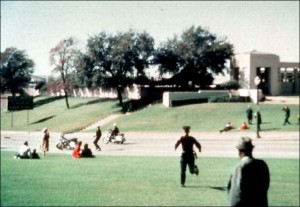
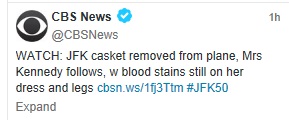

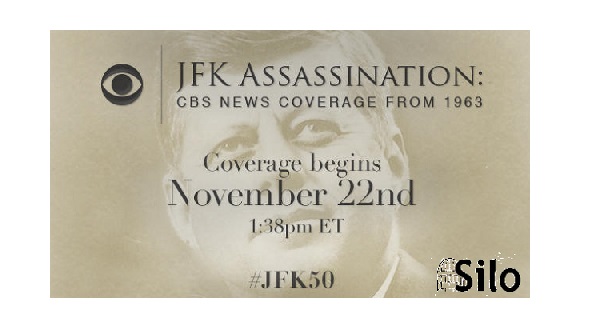
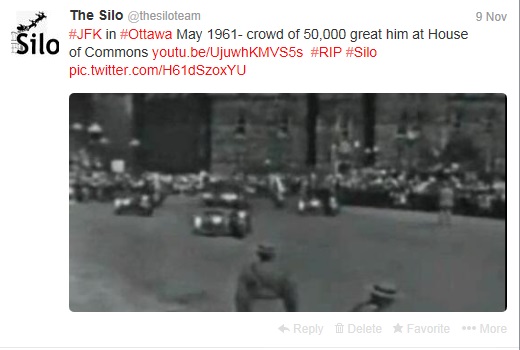

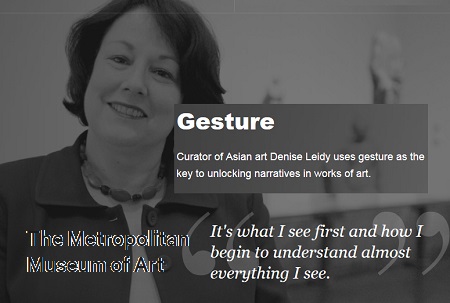 Regardless of your medium, I hope this glance into the minds of two established poets from very different walks of life can help dissipate the intimidating mist between process and product, as well as remind you that the transcendent and the familiar are often one in the same.
Regardless of your medium, I hope this glance into the minds of two established poets from very different walks of life can help dissipate the intimidating mist between process and product, as well as remind you that the transcendent and the familiar are often one in the same. Global spectator
Global spectator  Myles, a breathing artistic currency, treats poetry as an extension of the self with the potency of a movement and the collective memory of a civilization. Myles proves that common experience and abstract phenomena are synonymous when we step back to look.
Myles, a breathing artistic currency, treats poetry as an extension of the self with the potency of a movement and the collective memory of a civilization. Myles proves that common experience and abstract phenomena are synonymous when we step back to look.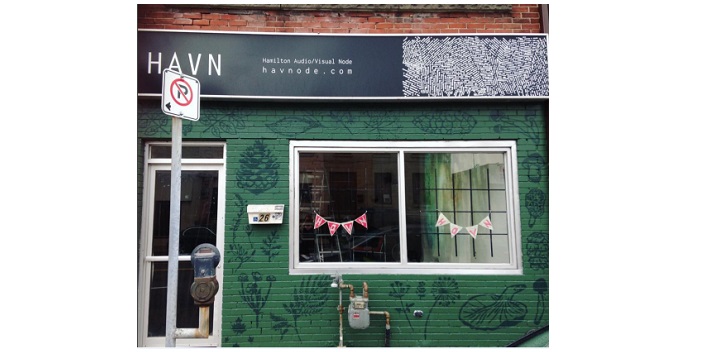


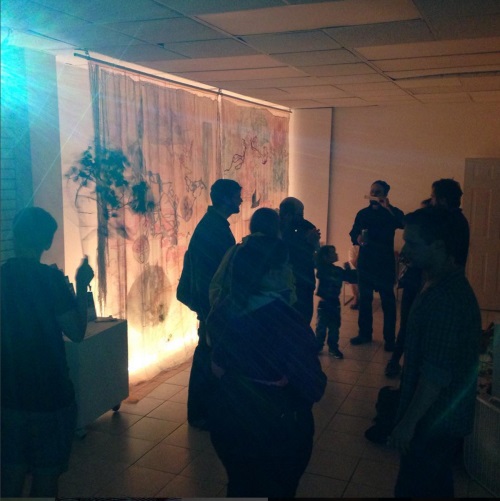

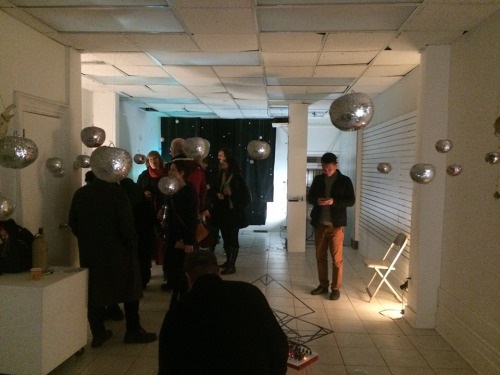

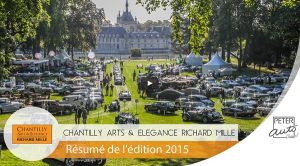

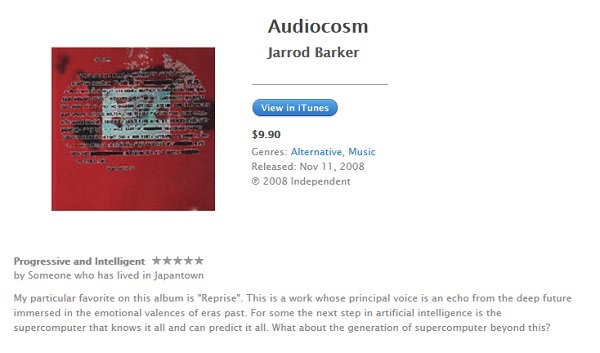

 Dorothy’s trip to celebrity fame began after she inherited $12 million in 1916, the equivalent of about $275 million today. The first thing she did with her money was divorce her British aviator husband, Claude Grahame-White, and embark on a long party in Europe’s best circles. In 1923, she married Italian Count Carlo Dentice di Frasso, many years her senior. On the outskirts of Rome, the new countess acquired and restored one of Europe’s most famous homes,
Dorothy’s trip to celebrity fame began after she inherited $12 million in 1916, the equivalent of about $275 million today. The first thing she did with her money was divorce her British aviator husband, Claude Grahame-White, and embark on a long party in Europe’s best circles. In 1923, she married Italian Count Carlo Dentice di Frasso, many years her senior. On the outskirts of Rome, the new countess acquired and restored one of Europe’s most famous homes, 



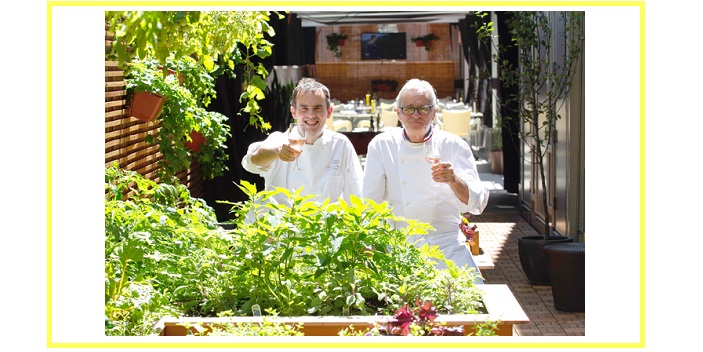





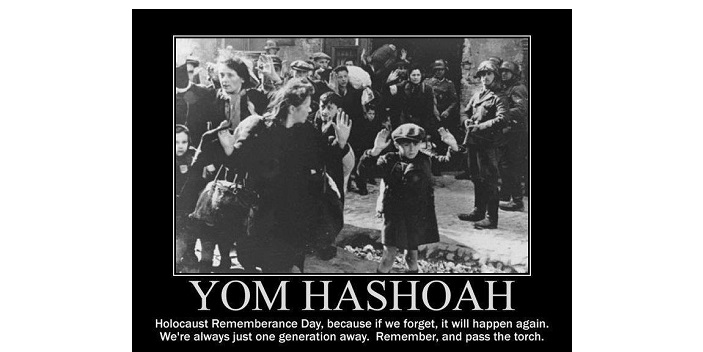
 The Holocaust was a time of devastation, hate and corruption and is considered one of the most terrible events in human history.
The Holocaust was a time of devastation, hate and corruption and is considered one of the most terrible events in human history.


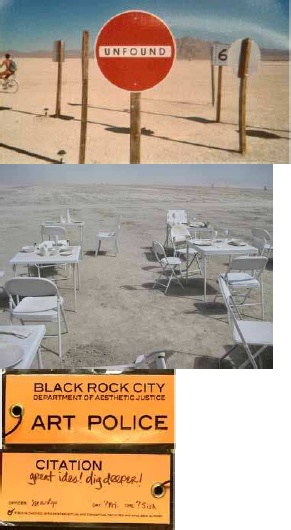

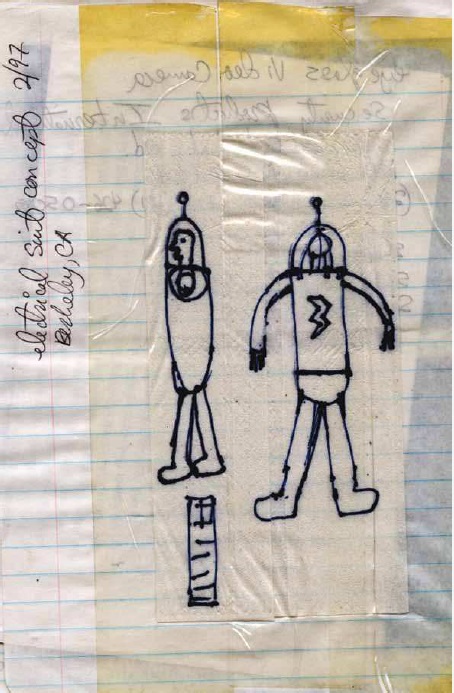








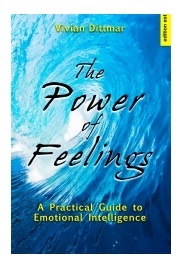

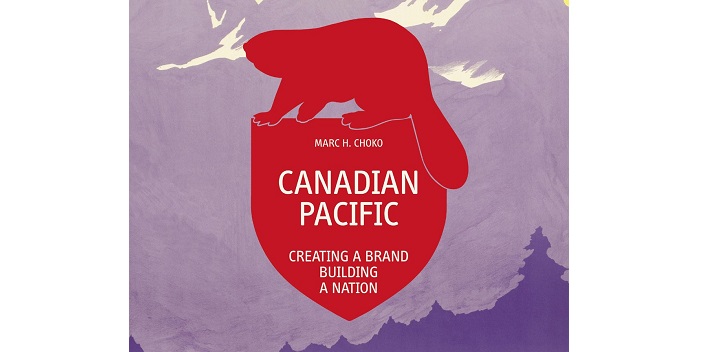
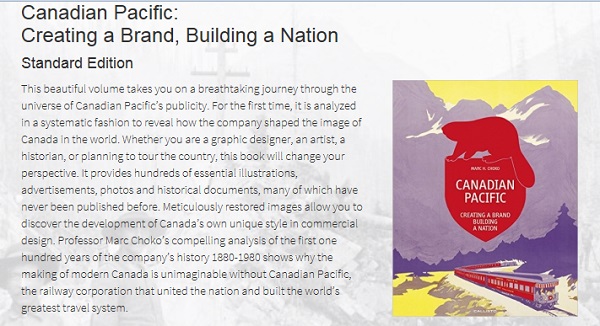


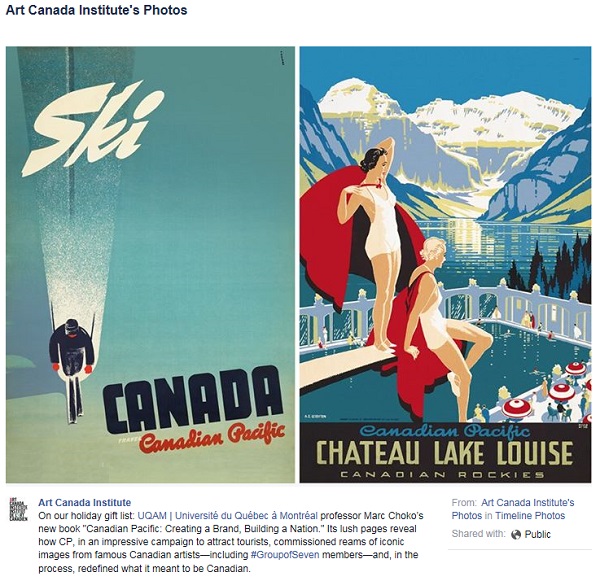
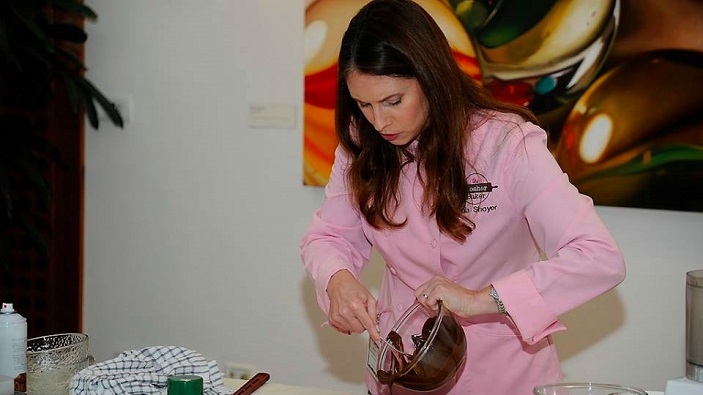



 ABOUT PAULA SHOYER
ABOUT PAULA SHOYER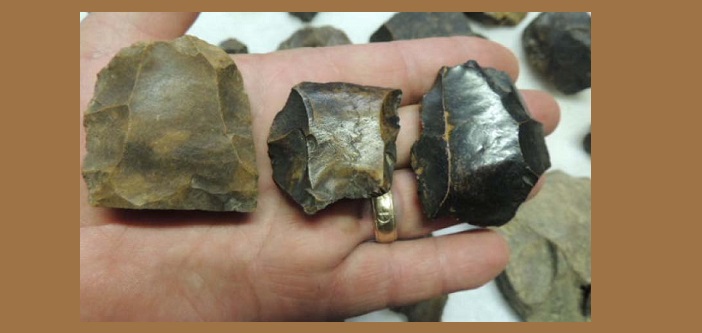
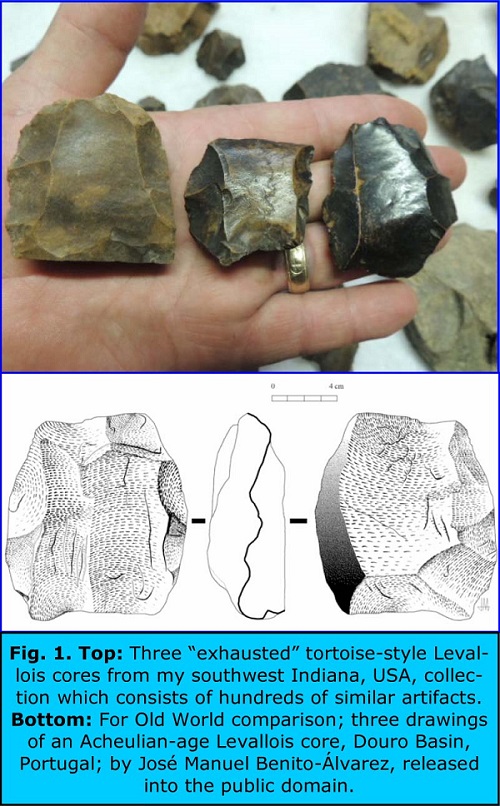
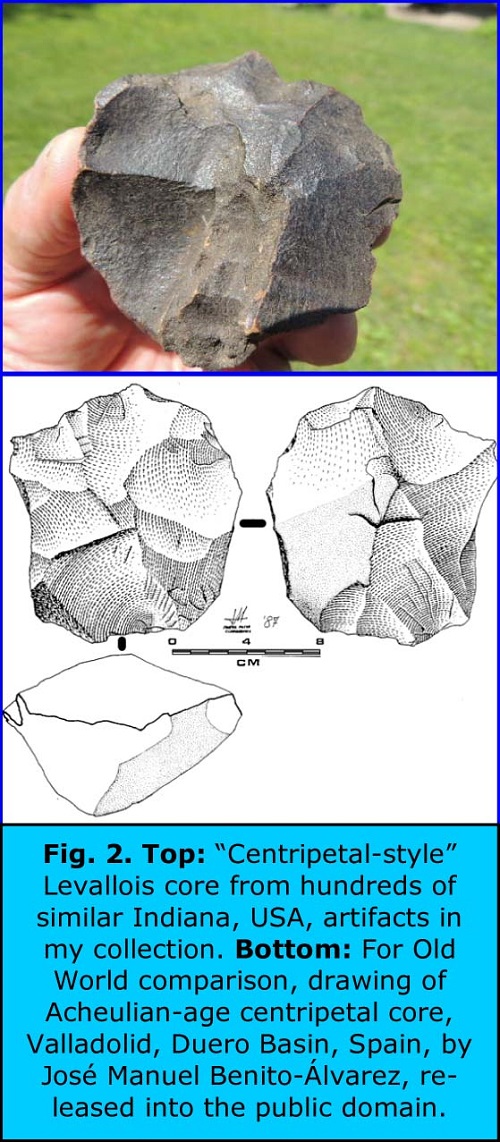
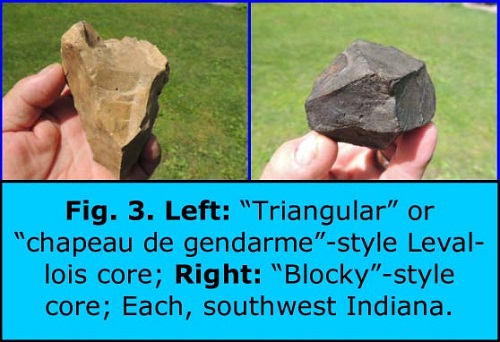




 If that wasn’t enough, another feature called “post-it”, allows your guests to leave photos or videos on your glass and even write on a fun message. Hydration will never again be boring.
If that wasn’t enough, another feature called “post-it”, allows your guests to leave photos or videos on your glass and even write on a fun message. Hydration will never again be boring. 
